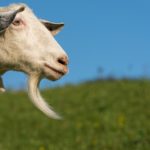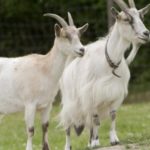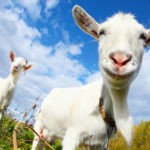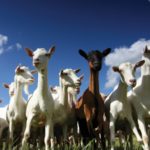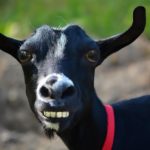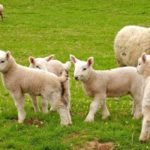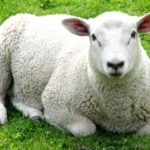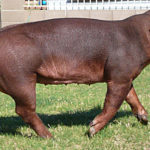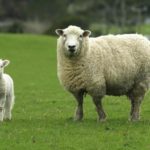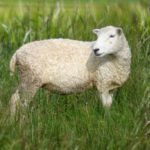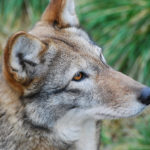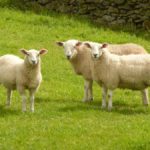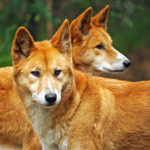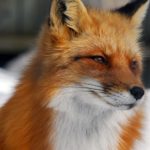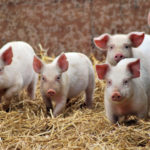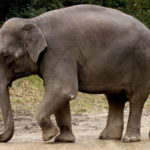Goats – information
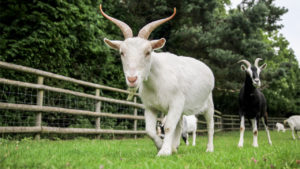 Goats are very intelligent and mobile animals. Despite the external resemblance to sheep in nature, these animals are very different from them. First, the goat is not so clearly marked herd instinct: in pastures, they are not so crowded as sheep, not so cowardly, they can protect kids from small predators. Secondly, a smaller degree of herdness contributed to the development of intelligence and even a kind of cunning. Goats are very curious, if they try to learn a new object or a piece of pasture, these animals always look for ways to overcome the barrier, and finding a loophole, they use it constantly.
Goats are very intelligent and mobile animals. Despite the external resemblance to sheep in nature, these animals are very different from them. First, the goat is not so clearly marked herd instinct: in pastures, they are not so crowded as sheep, not so cowardly, they can protect kids from small predators. Secondly, a smaller degree of herdness contributed to the development of intelligence and even a kind of cunning. Goats are very curious, if they try to learn a new object or a piece of pasture, these animals always look for ways to overcome the barrier, and finding a loophole, they use it constantly.
It’s not uncommon when kids are friends with other animals and climb on their backs to donkeys, horses or their own brothers to ride. Goats can easily be trained: they can walk on a leash, they recognize and independently find the gate of the stable, sometimes they give milk to only one master, they can carry a small cart (earlier in Germany, goats, not horses, were used for exporting milk from pasture). Finally, goats are very dexterous animals, in search of food or for the sake of playing, they can climb onto sheer ledges, trees with gentle branches and even roofs of houses. The voices of sheep and goats differ to some extent.
Externally, goats are like sheep, so some people confuse these animals. But it is easy to distinguish a goat from a sheep by one sure sign – a goat always has a tail short, often sticking up, but in sheep it is always omitted and often has a long length.
In addition, most domestic goats (and goats necessarily) have a bunch of long hair on the chin, the so-called beard. Some goats on the neck have fleshy outgrowths-earrings, performing a protective function. When a predator grabs a goat by the throat is very likely that they will come off, and the victim will break free. The goats have horns that are saber-like, the goats are almost straight, while in the case of the sheep they are twisted into a spiral, and the sheep are most often a horn. True, among the goats there are also hornless (cloddy) individuals. Horns in goats can be of different shapes: round-cylindrical or flat, laid back or growing to the sides.
The ears of goats can be small and sticking out, and can be wide and dangling. Also, the length and quality of the wool is different: most breeds have short wool, but there are longhaired goats, whose length exceeds 20 cm. Another sign that can vary is the length of the muzzle. Conventional long-legged goats are known to everyone, but, it turns out, there are also short-breasted, something resembling bulldogs.

